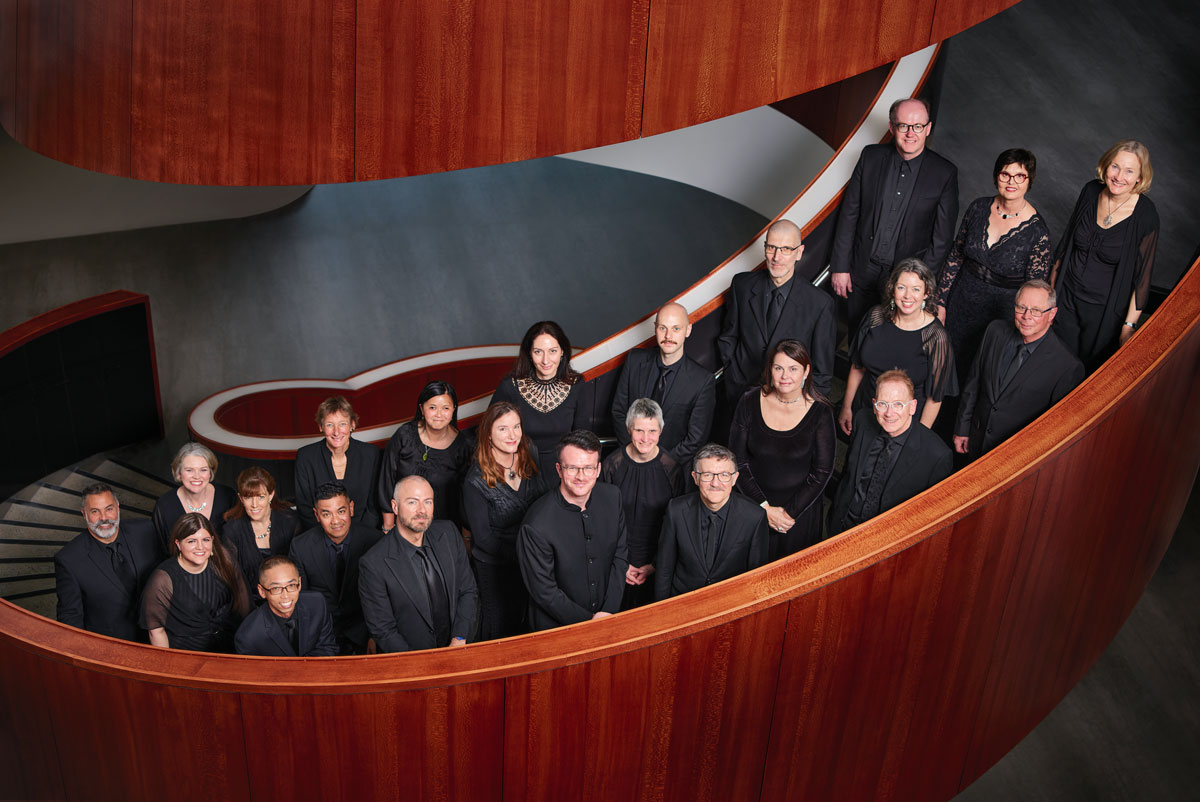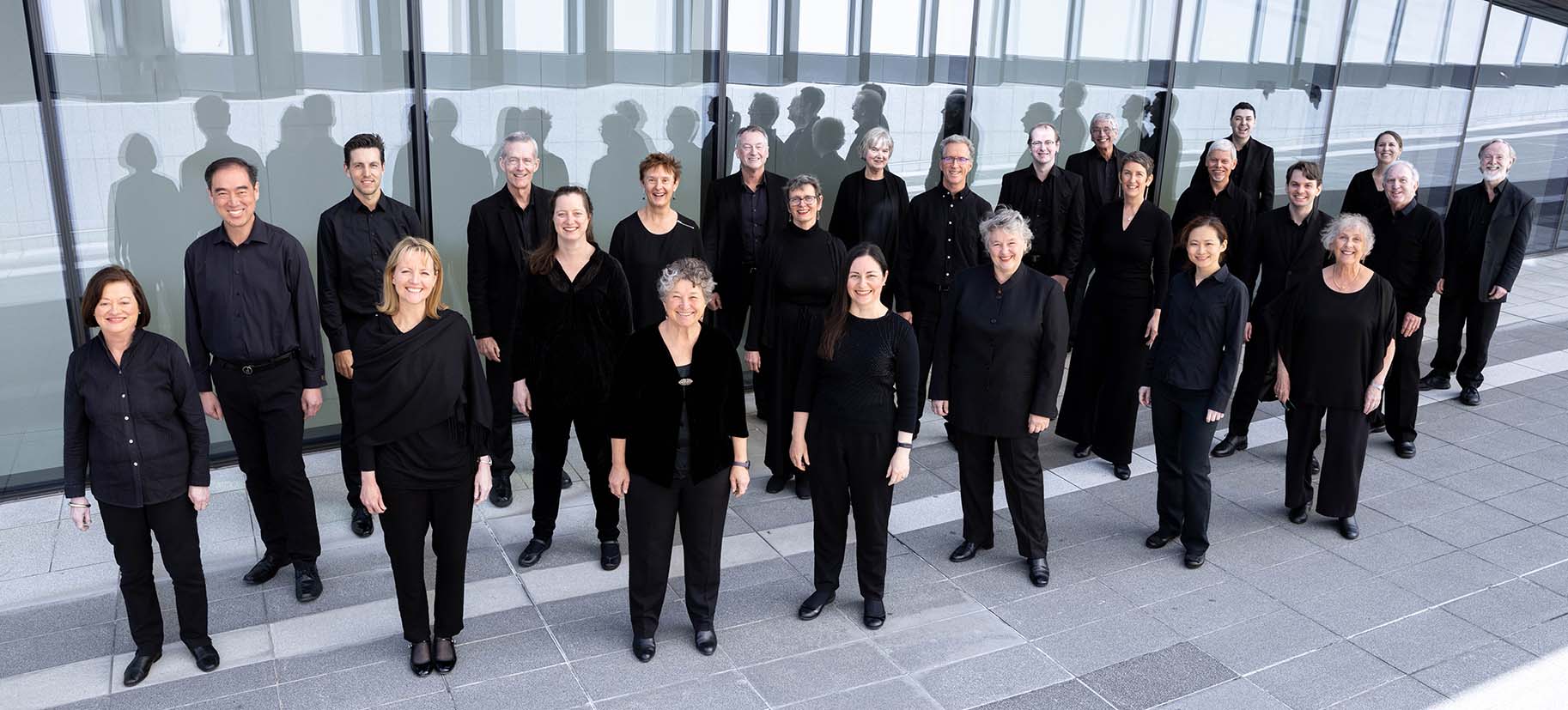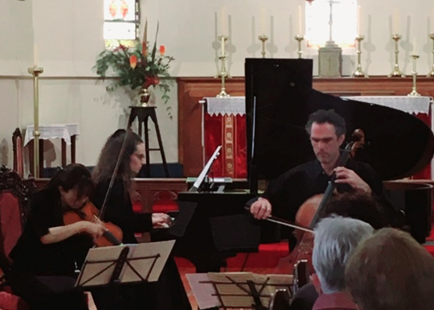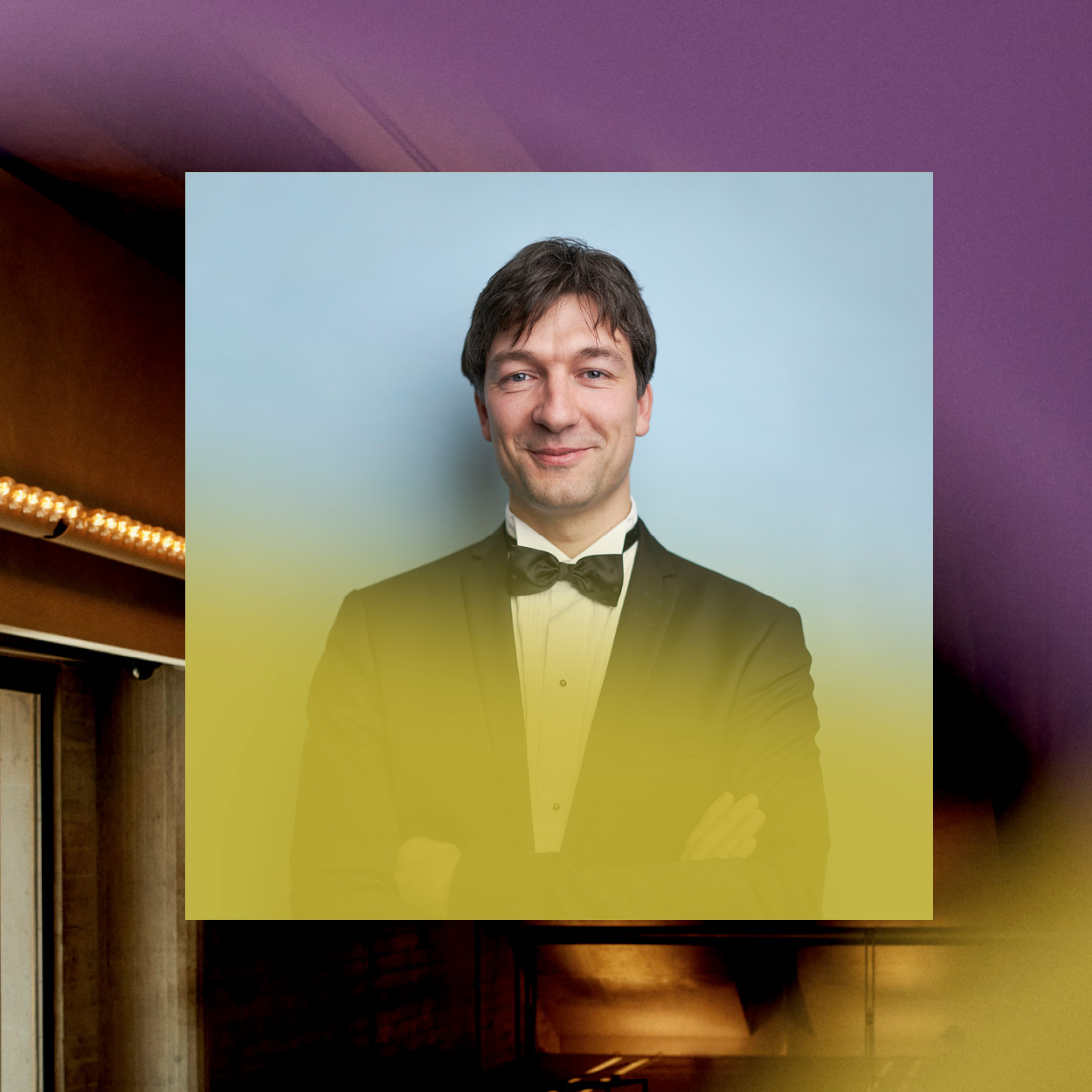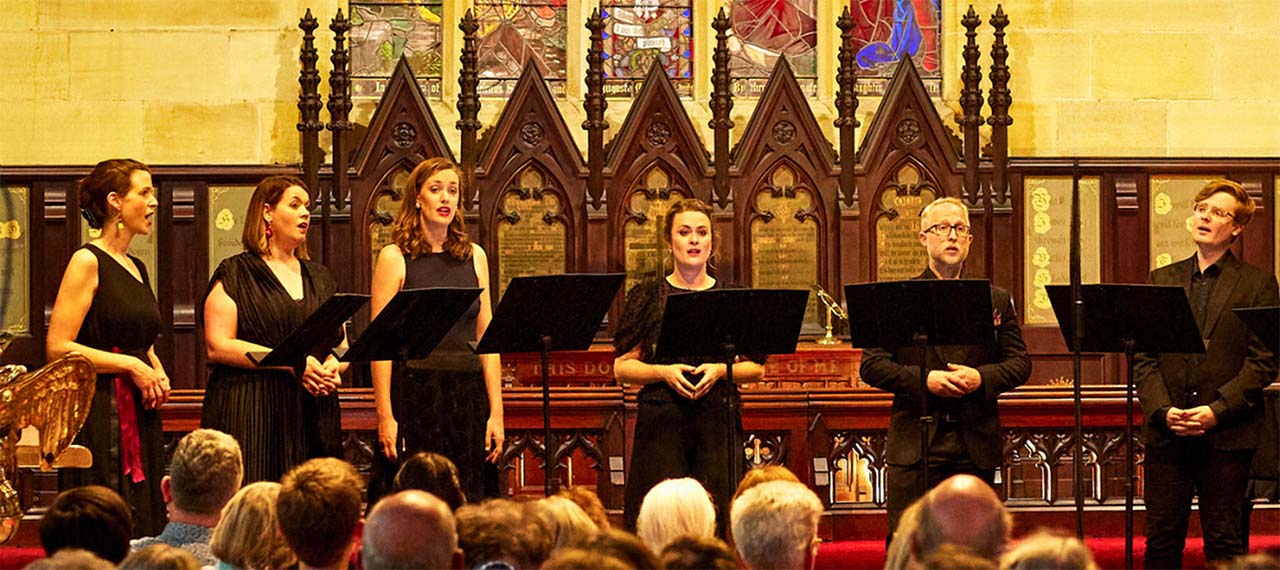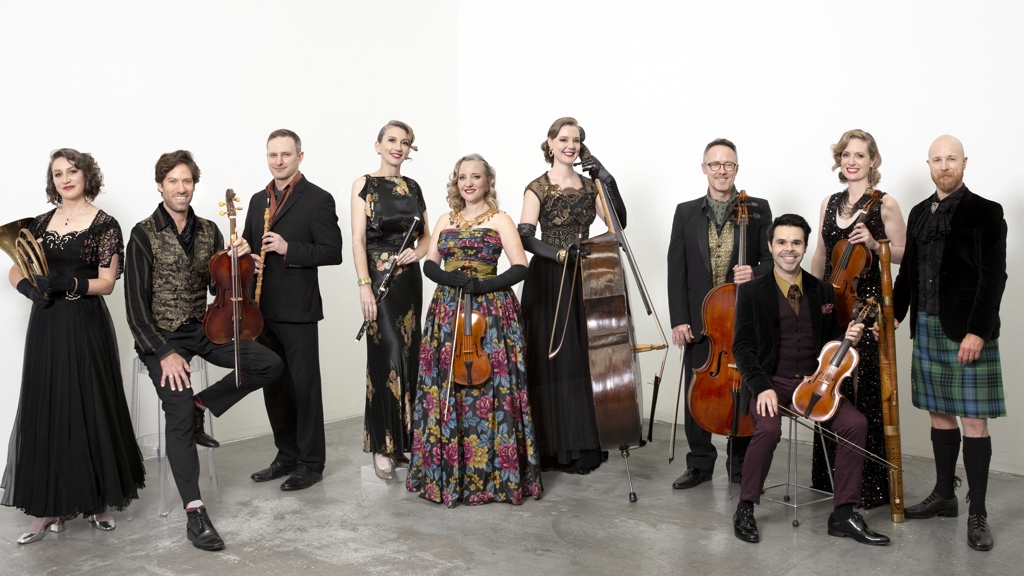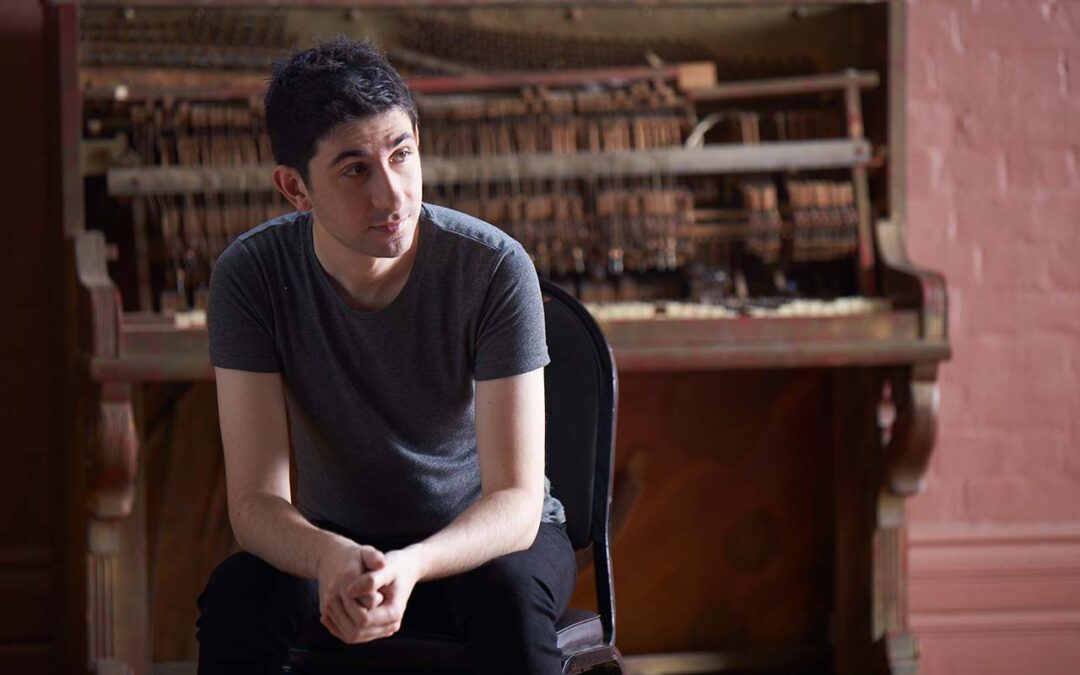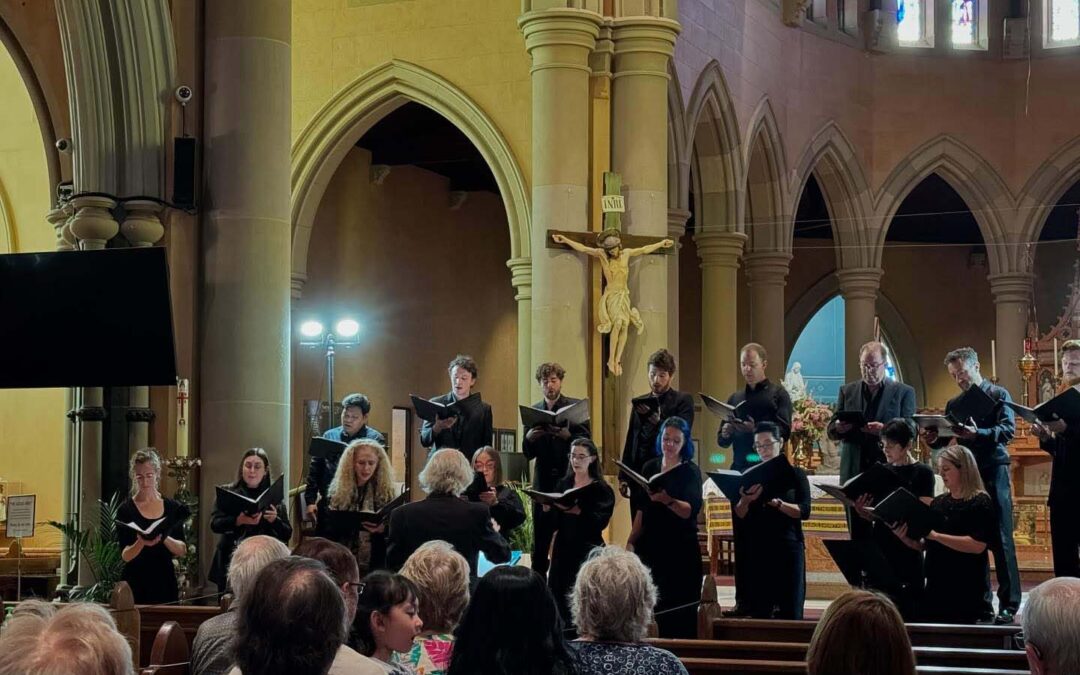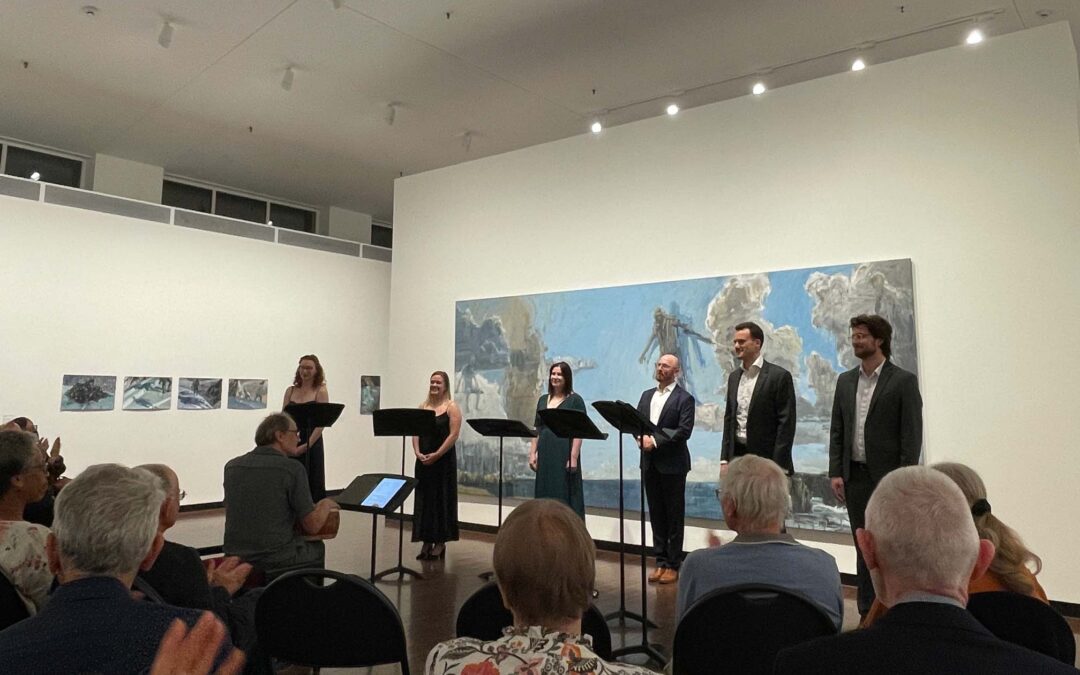Sydney Mozart Society: Ian Munro in Recital
6 October 2022, Concourse Concert Hall, Chatswood
Mozart, Mozart, alles Mozart, as far as the eye can see. The Sydney Mozart Society, presenting an all-Mozart program by pianist Ian Munro, whose stated his favourite composer is: you guessed it… Mozart.
Amazing though Mozart is, this reviewer would not normally be that interested in an all-Mozart piano recital, but the clincher was that Ian Munro was performing. What a privilege to see him in this recital. Of course he often graces Australian and international stages as a soloist, but he is also a consummate ensemble player. He is often seen as a prized member of the Australia Ensemble at UNSW.
Much of the repertoire he played was difficult and tricky music. He based his program on an idea gleaned from CPE Bach, to group a single movement work with a sonata in the same key. The advertised program was altered a little to place each group to form a cycle of fifths (C, G, D and A); to give some structural unity to the program. Not that this program needed more unity, there was plenty of it about already! But a nice idea.
The Fantasy in C minor, K 475 was written in Vienna in 1985, so this is a mature work. Munro took a relaxed approach with nothing frantic about it; it all felt easy. There were big contrasts in dynamics and articulation for variety, and thoughtful use of sustain pedal to give fullness to runs when required. The Sonata in C major, K 330, also known as Sonata No 10, written in 1783, is a structurally simple but mature and confident work. It has a difficult first movement which Munro navigated with ease. The lyrical second movement has frequent sudden harmonic shifts, which were sensitively controlled with delicate rubatos. The arpeggios in the Allegretto third movement just rippled from the fingers.
The Gigue in G major, K 574, known as the “Kleine Gigue” was written in 1789 in Leipzig where Bach had lived (JS, not CPE in this case) and was most likely a tribute to JSB. Munro pointed out that the melody of the Gigue was very like the B minor fugue in Book 1 of Bach’s 48 Preludes and Fugues, and played the themes to compare. The link was obvious when he played them next to each other. Not to mention the contrapuntal textures of the piece. Sonata in G major, K 283, Sonata No 5, is a relatively early work written in 1774. The Allegro movement was wonderfully controlled with its contrasting textures between the hands, and also in the bursts of parallel octaves. The furious Presto was exciting in the execution of runs, and the unrelenting rhythmic momentum.
The Trio in D major (arr. Munro) K 361 was a substituted work in the program. It has interesting use of dissonances at the beginning of phrases, which are probably more strident on the piano and more so with the emphasis they were afforded in this performance. The Sonata in D major, K 311 was also an early work from 1777. One can feel the sense that Mozart was thinking symphonically at the keyboard, with the grand orchestra-like opening. Of course the sound of pianos of the day were a pale comparison to the modern Steinway concert grand, but I am sure he would have loved it. The second movement, Andantino con Espressione, could not have been more structurally simple (A-B-A-B-A), but Munro infused it with interest by constantly reimagining of the musical elements; each repetition had a freshness of its own. The final Rondeau (Allegro) had large contrasts between the big homophonic chords and more delicate passages. This seemed difficult music but it was managed with grace and ease.
Regarding the Rondo in A minor, K 511, Munro said Horowitz considered this lesser known work as pensive with its largely legato phrases, and that it was way too long at 11 minutes and therefore should glide; which is what this performance did, even in the more majestic sections. The first movement, Andante Grazioso, of the Sonata in A major, K 331, Sonata 11, is in theme and variation form rather than the usual sonata form. It is well known to students of the piano. The Menuetto is surprising in its complexity for such a well worn musical form. It is the final movement however, the Alla Turca – Allegretto, that had the heads a-bobbing and hearts racing; it seemed as if this was the piece the audience had been waiting for. He played at speed with gusto and momentum. There was rapturous applause and cheering.
Ian Munro clearly loves this music and played it with characteristic warmth. His consummate skill filled it with drama and made it shine. What a privilege to have this music so beautifully played.
Photo credit – Keith Saunders

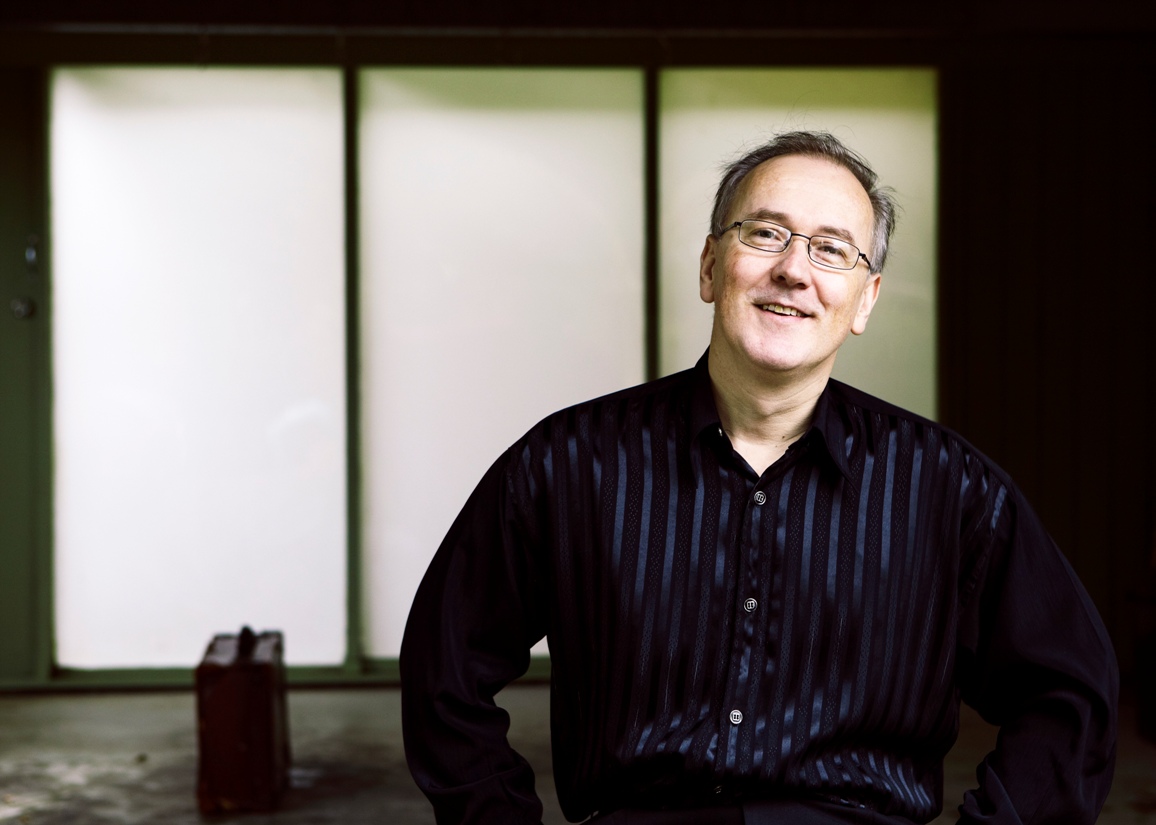



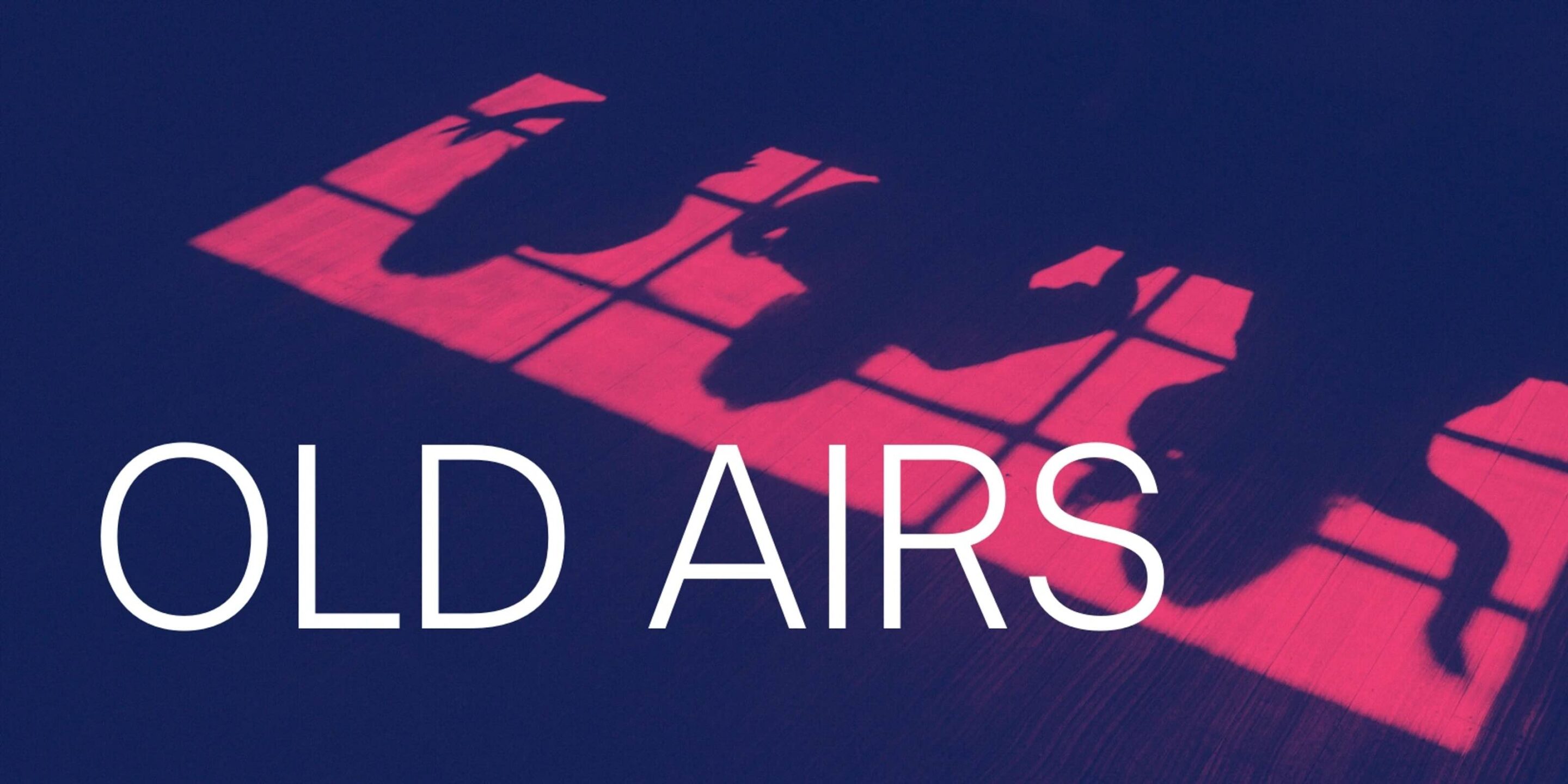
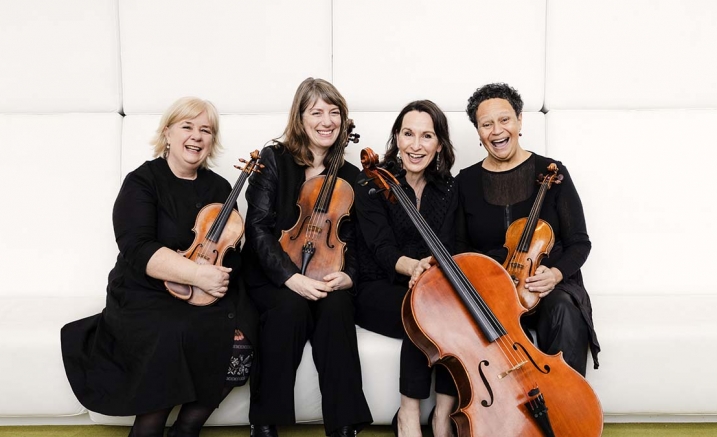


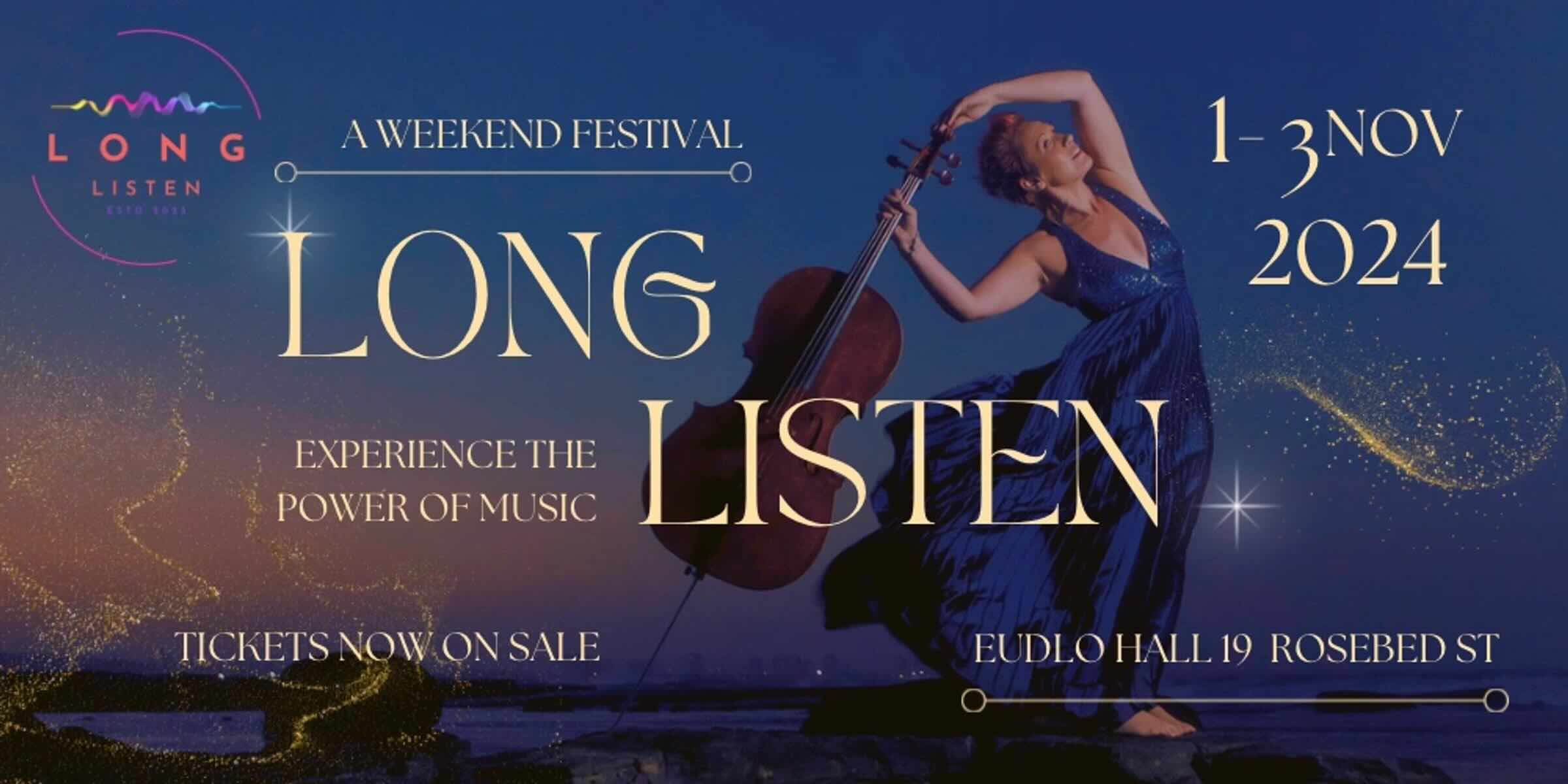
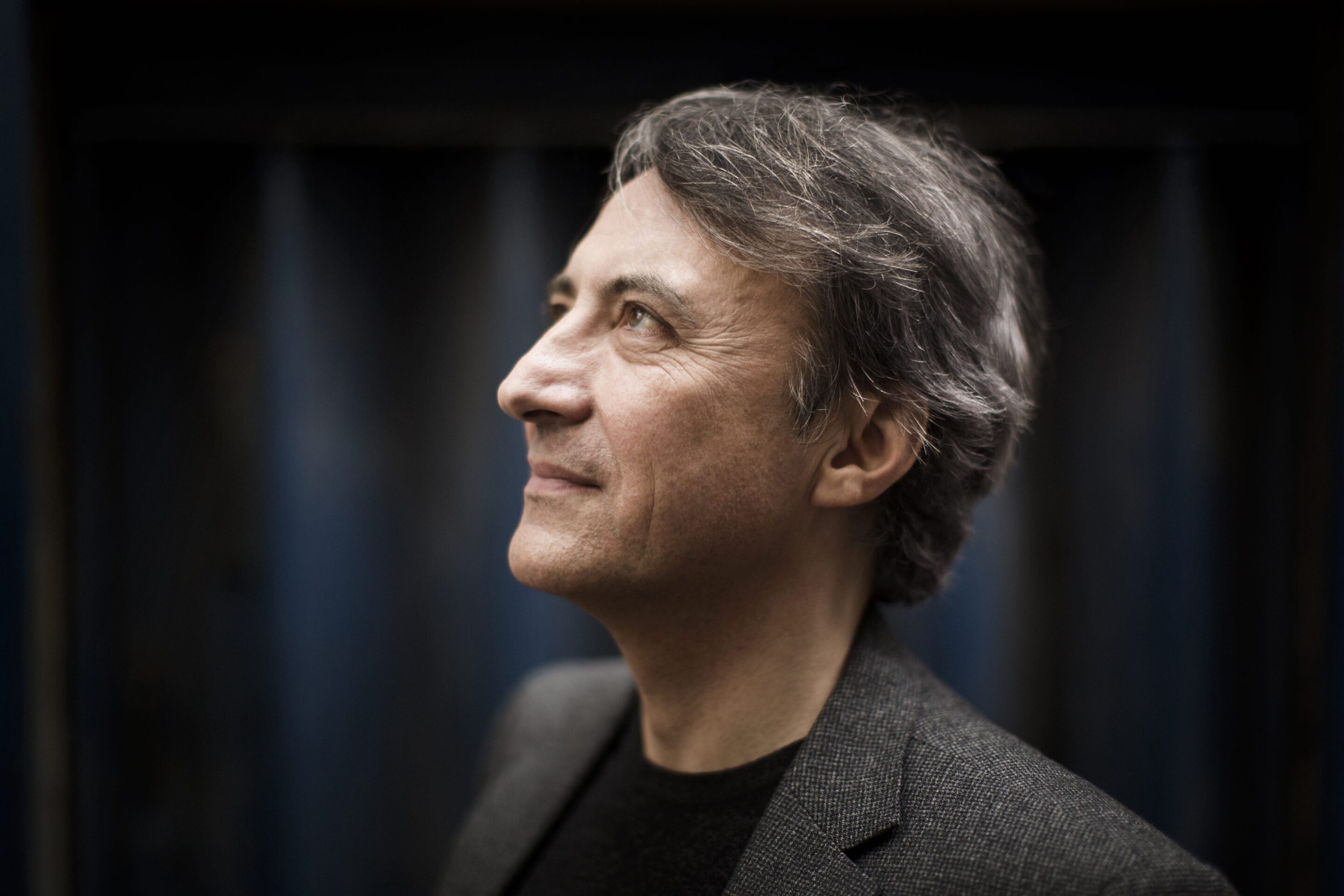

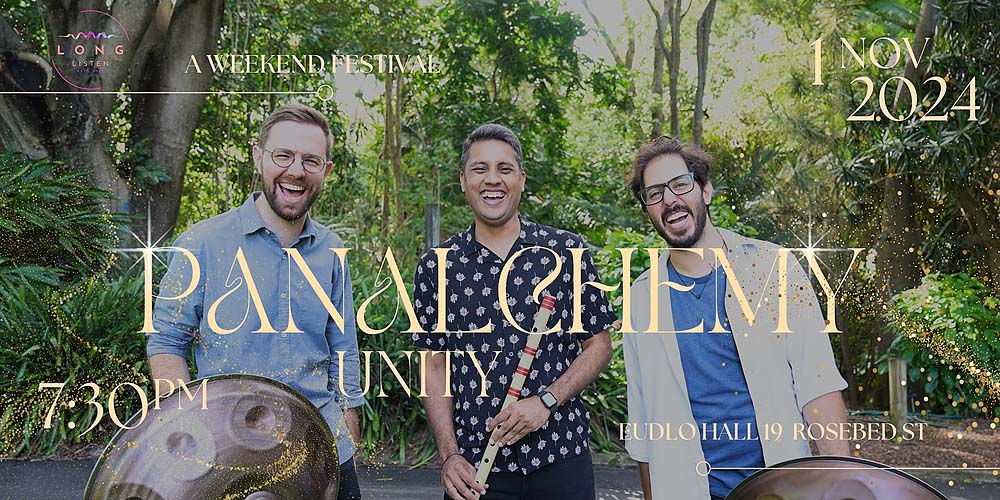

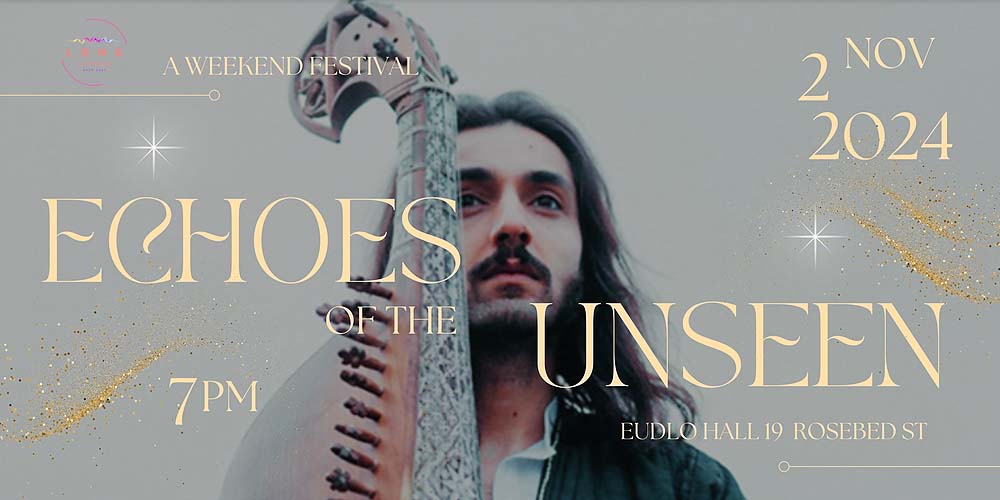
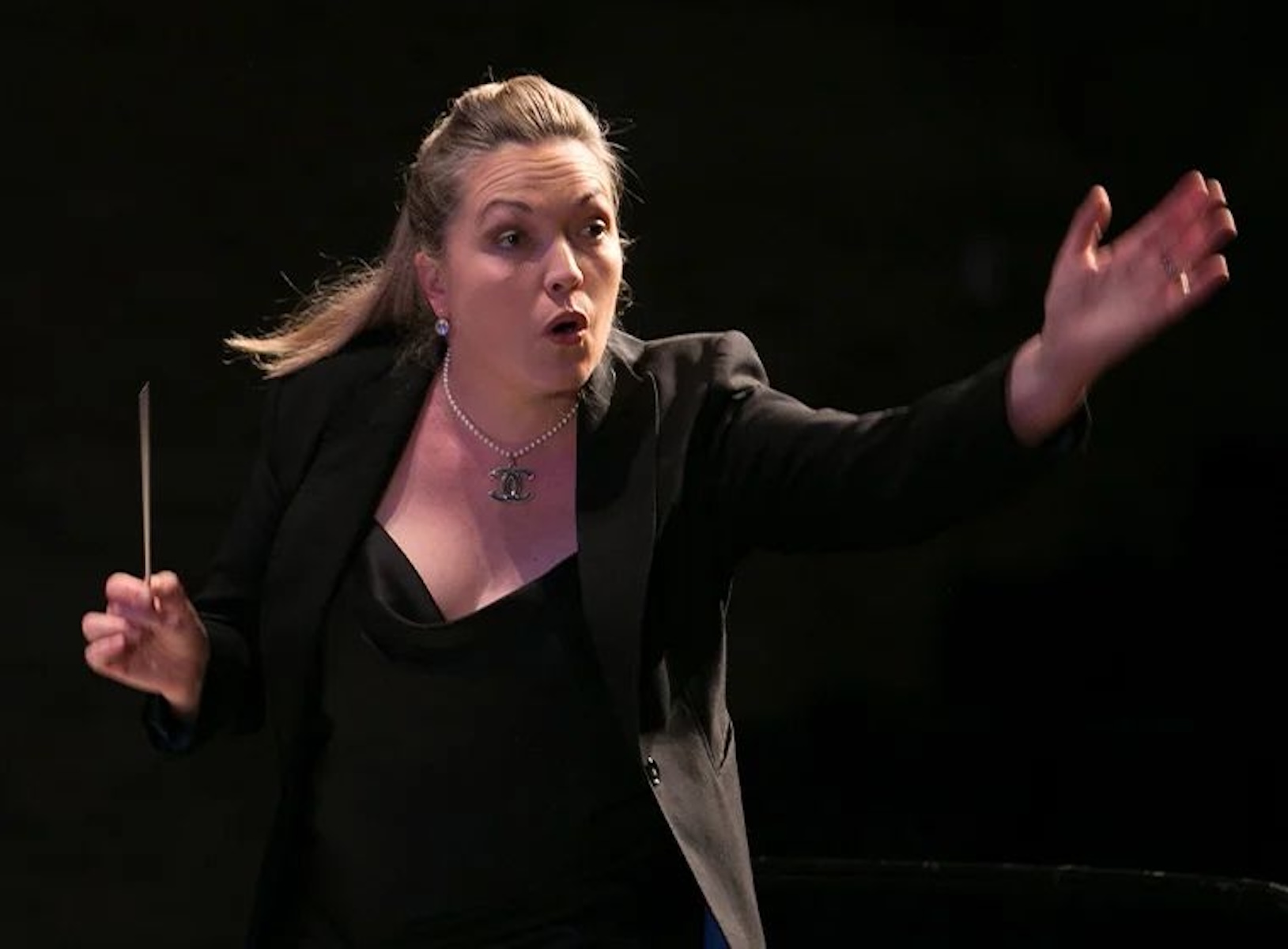
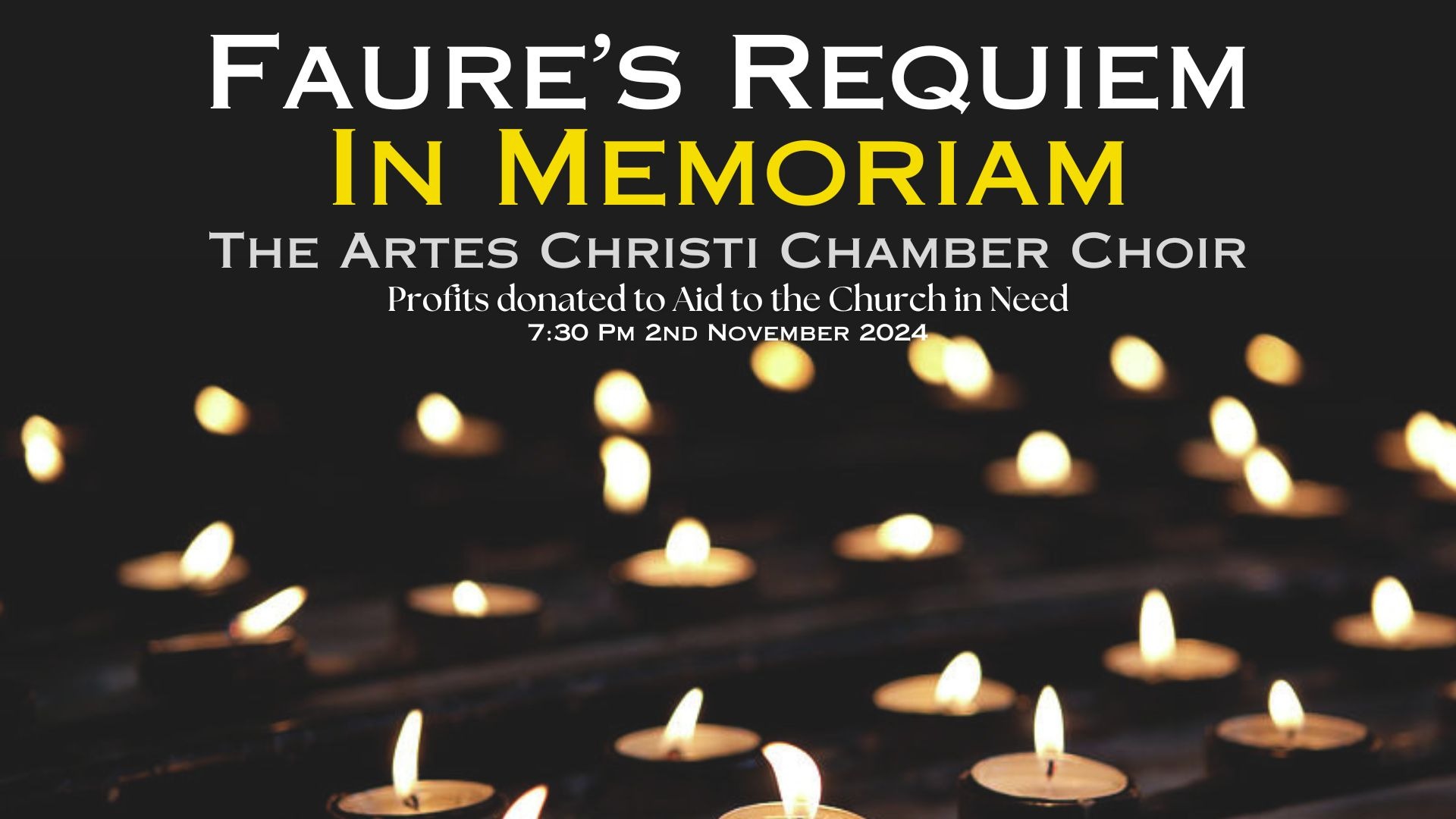
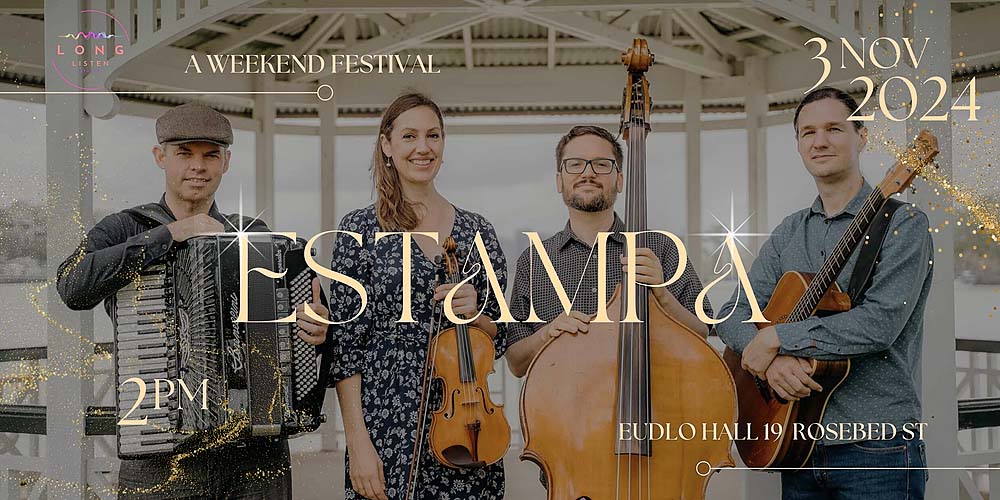

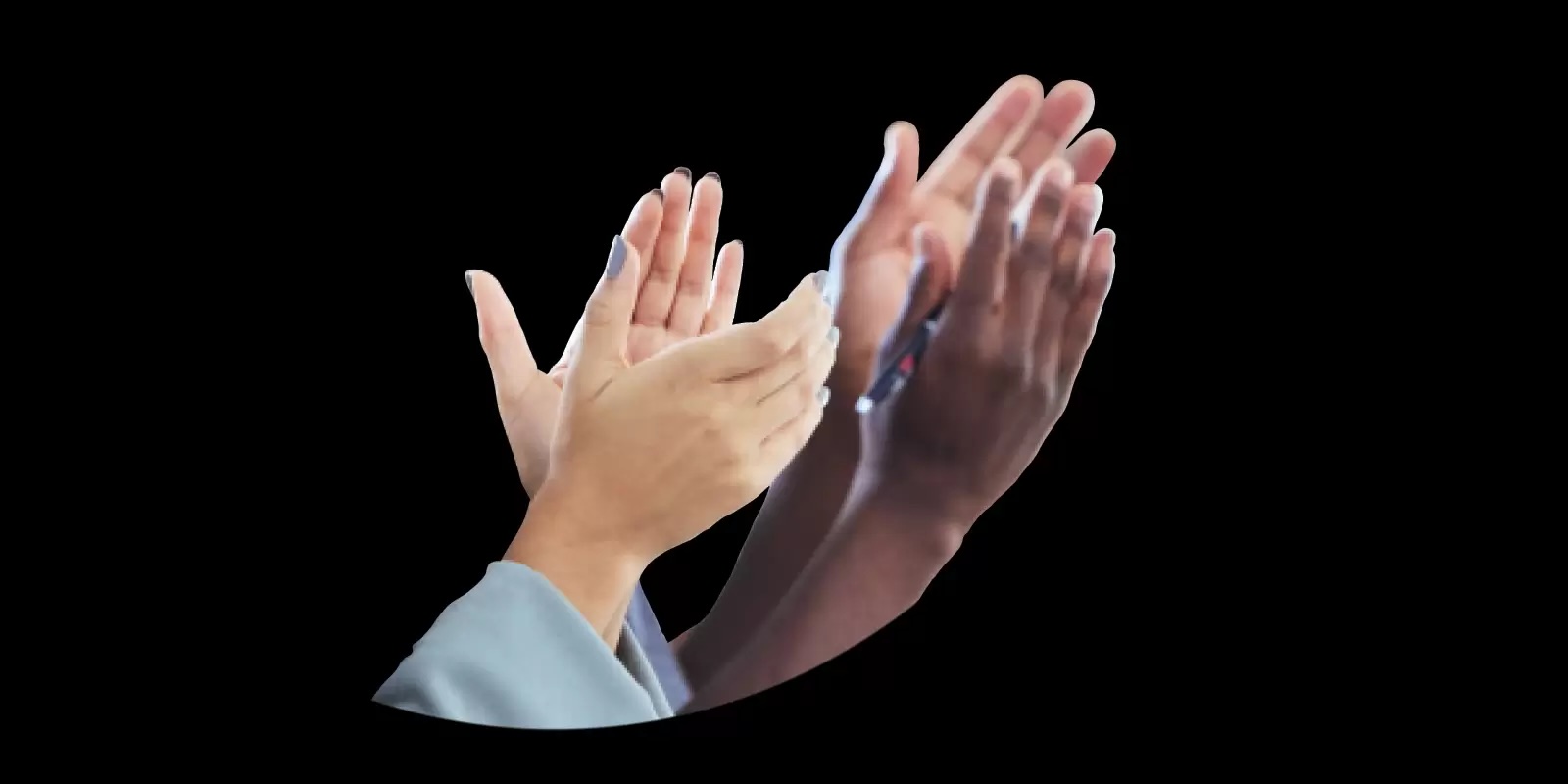



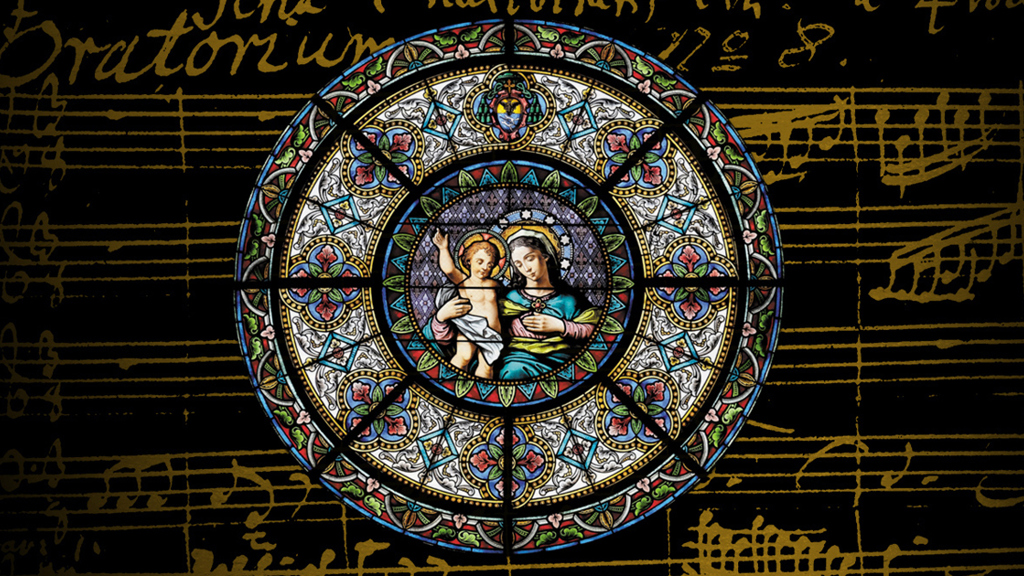
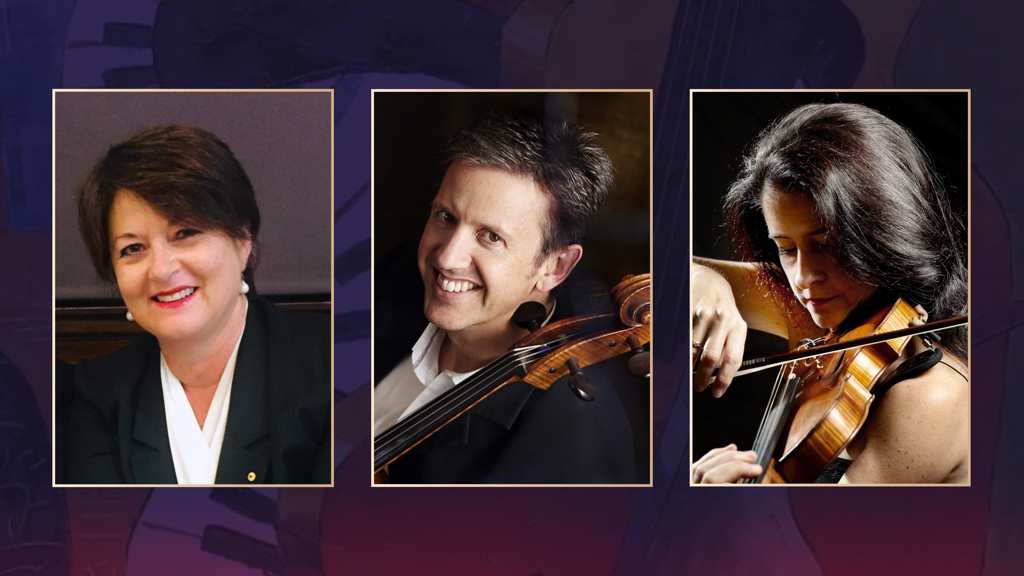

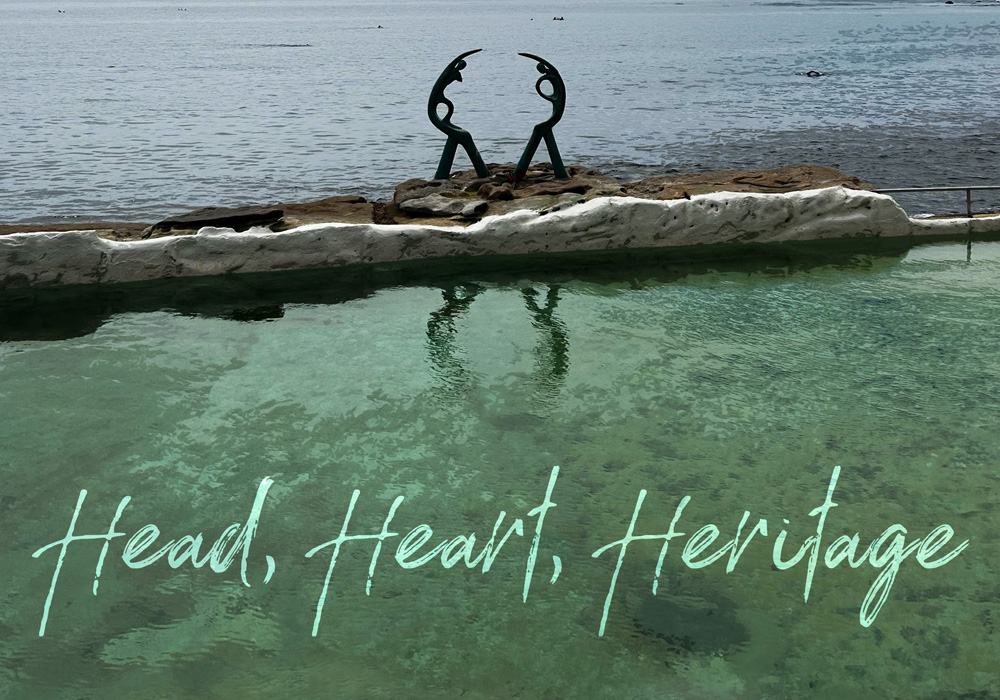
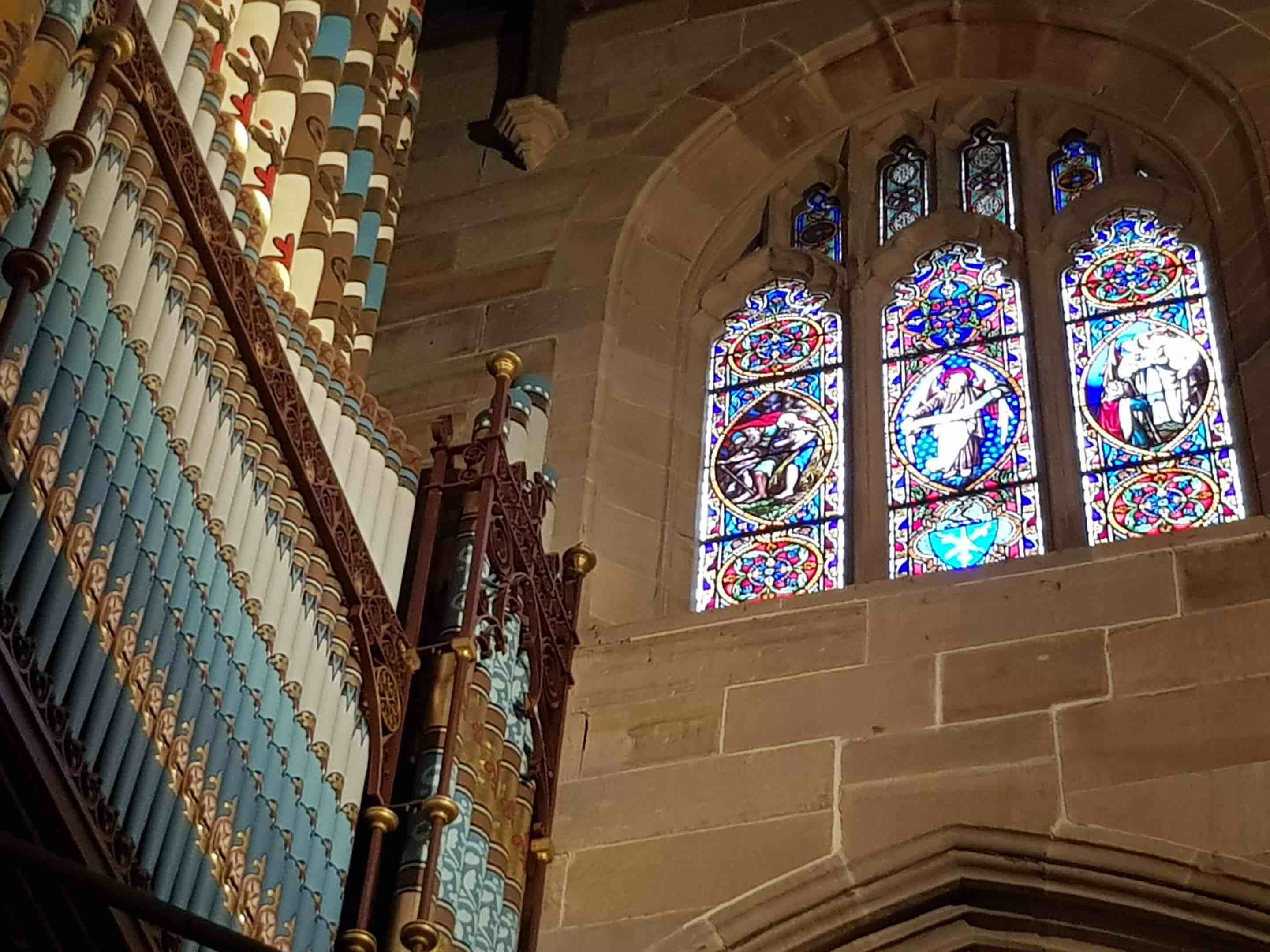

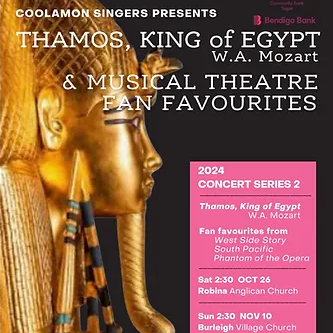
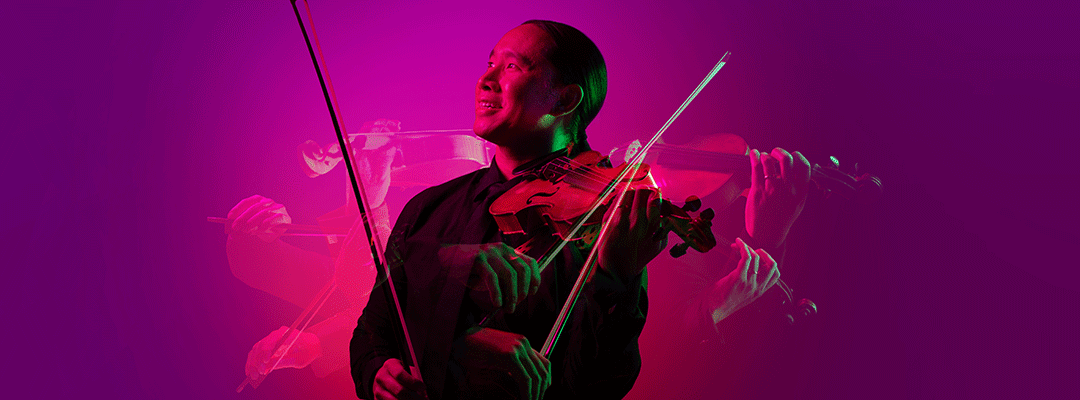


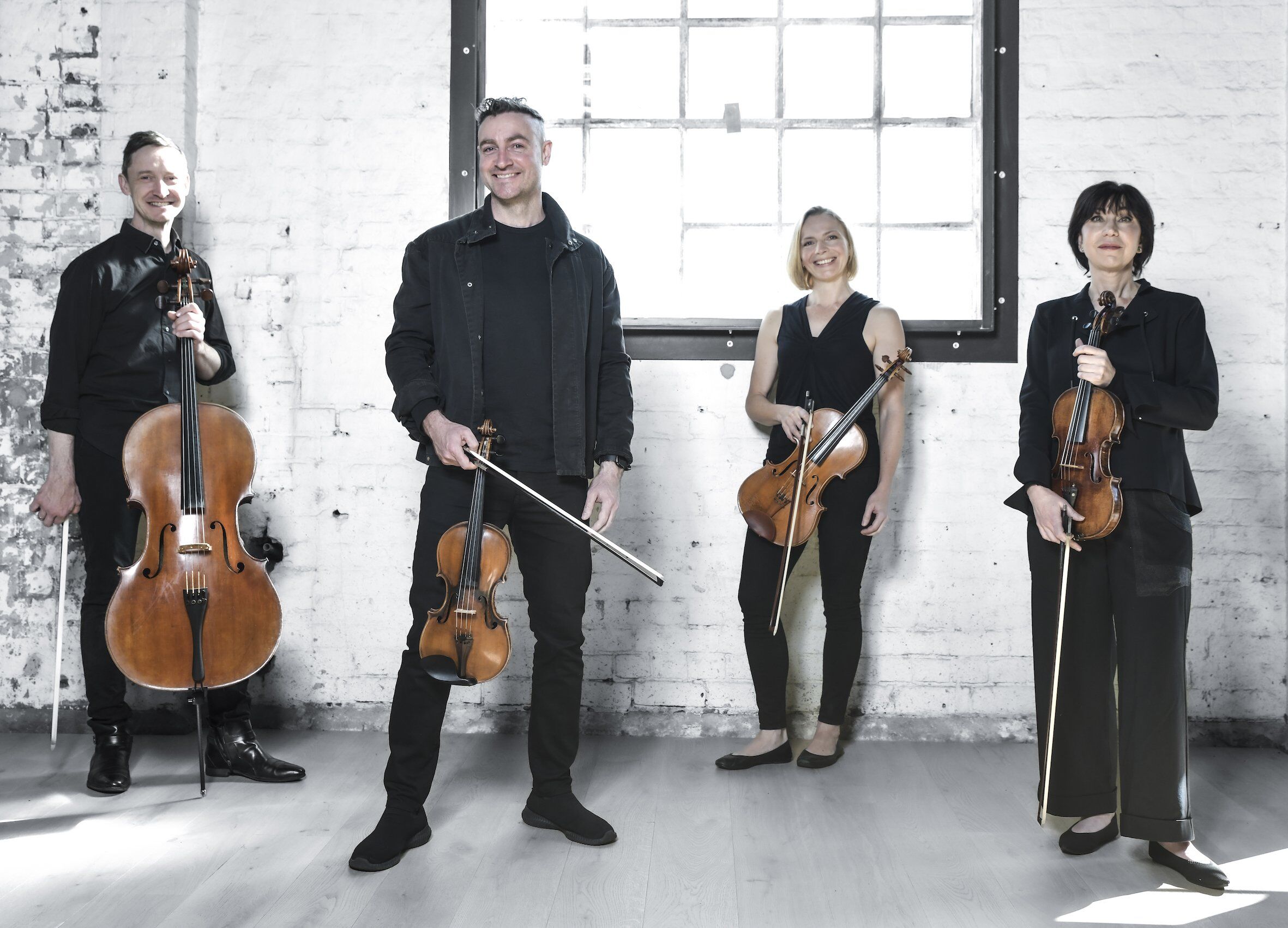

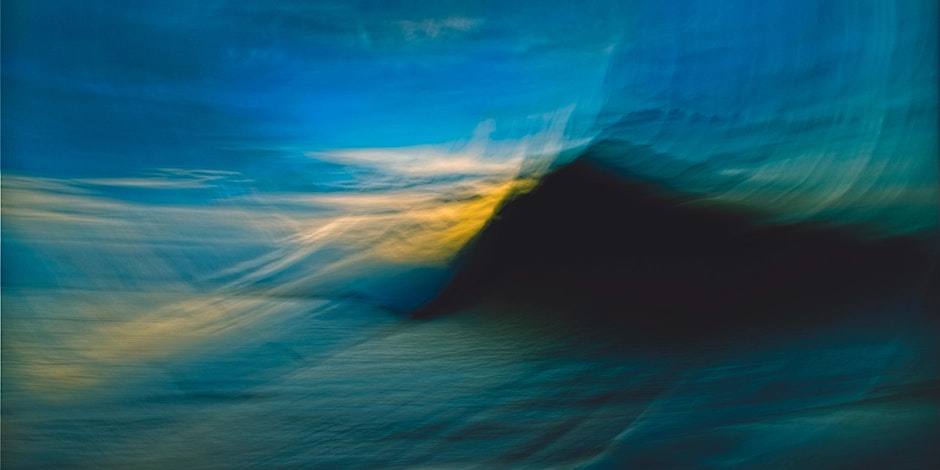



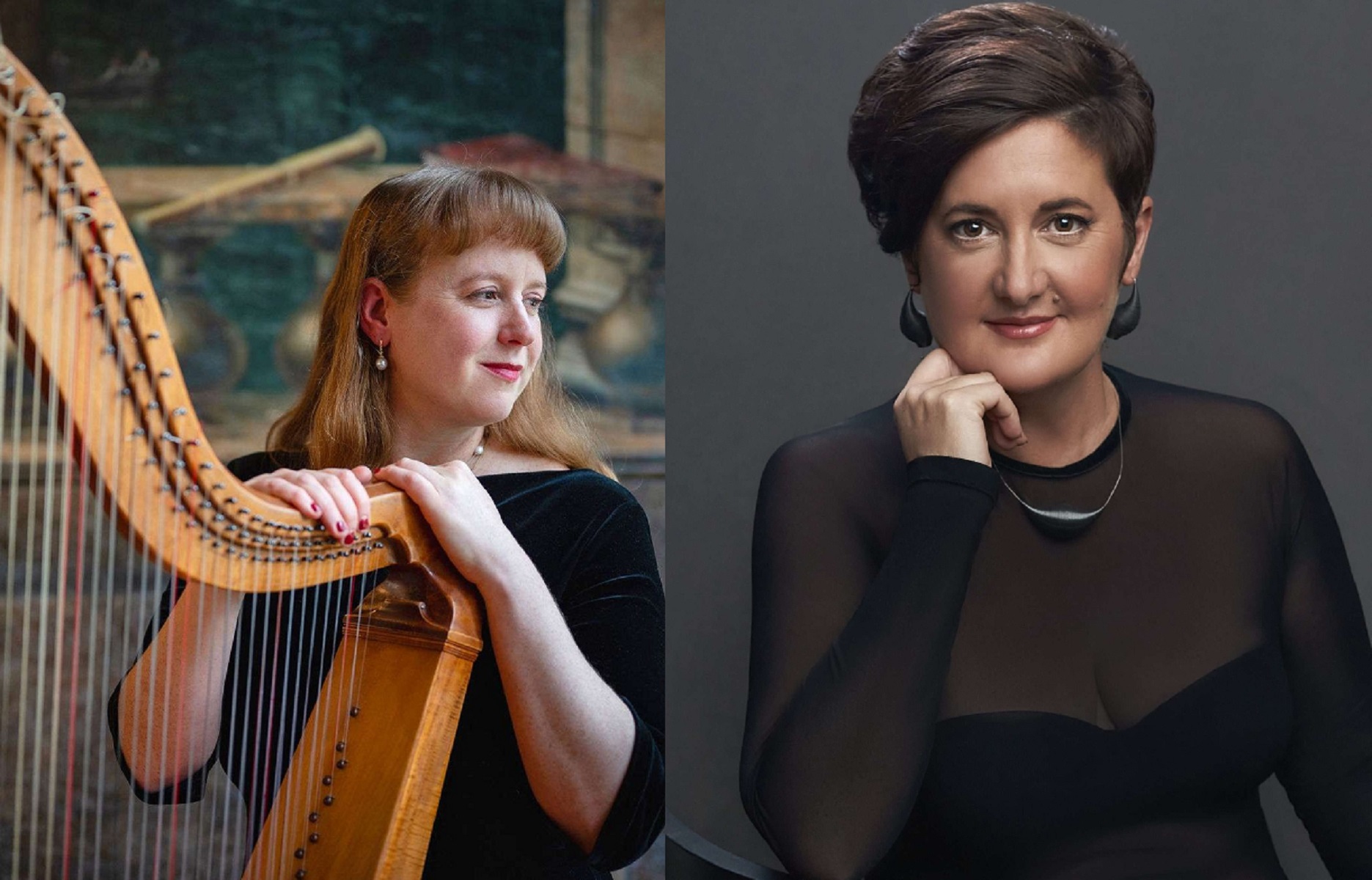
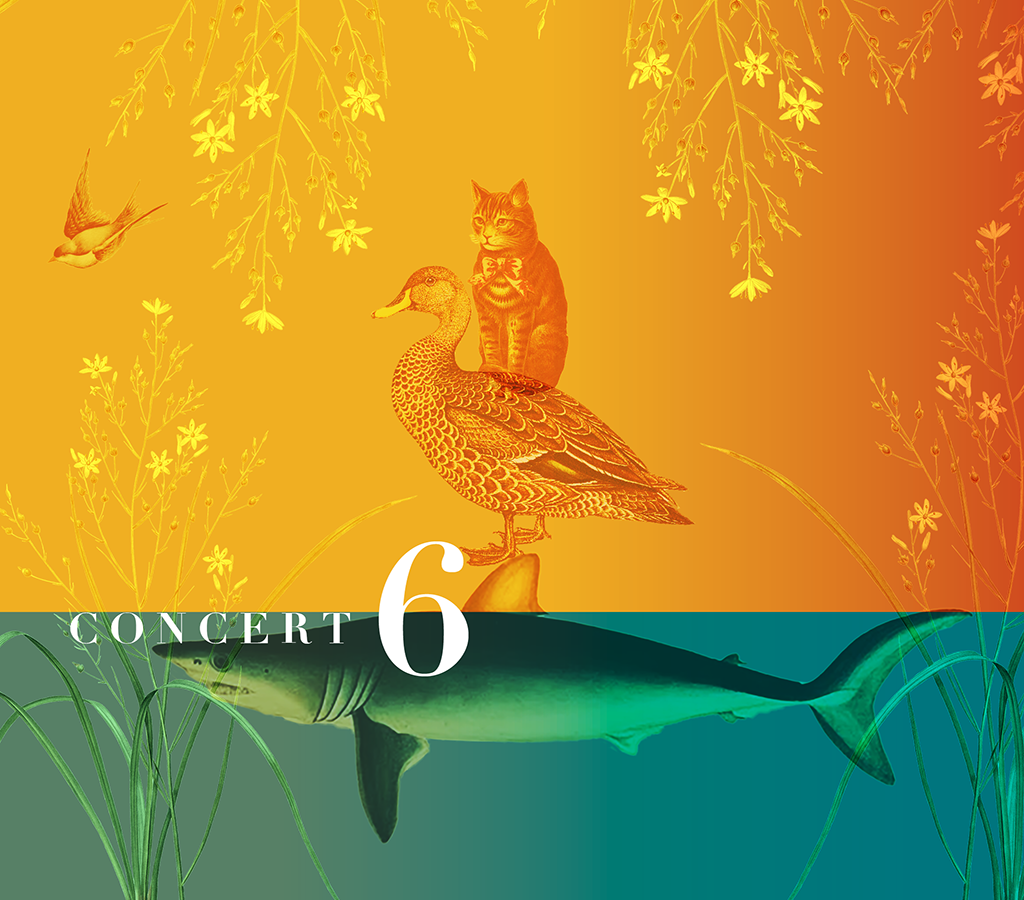

![user222 mrc mostlymozart [splendour of vienna] user222 mrc mostlymozart [splendour of vienna]](https://cdn-classikon.b-cdn.net/wp-content/uploads/2024/02/user222-mrc_mostlymozart_splendour_of_vienna.png)

